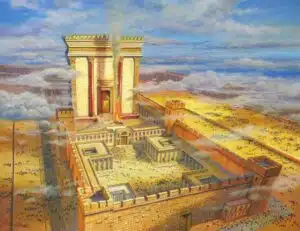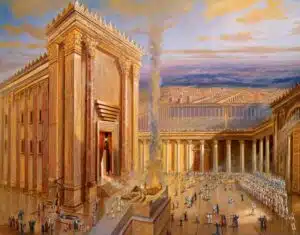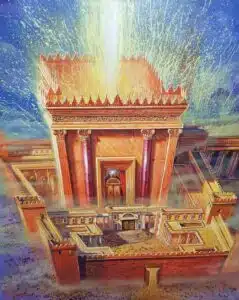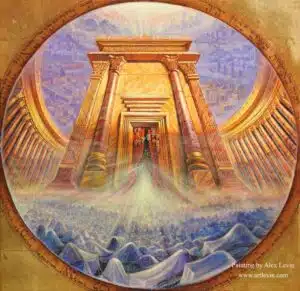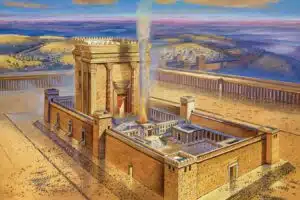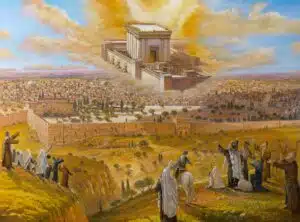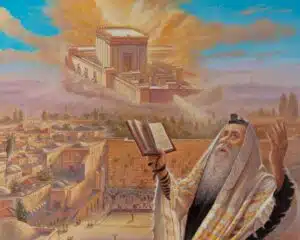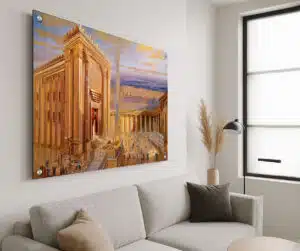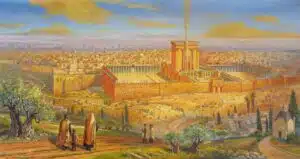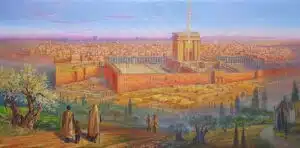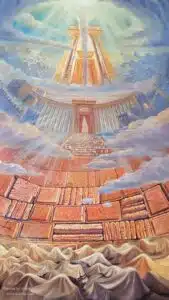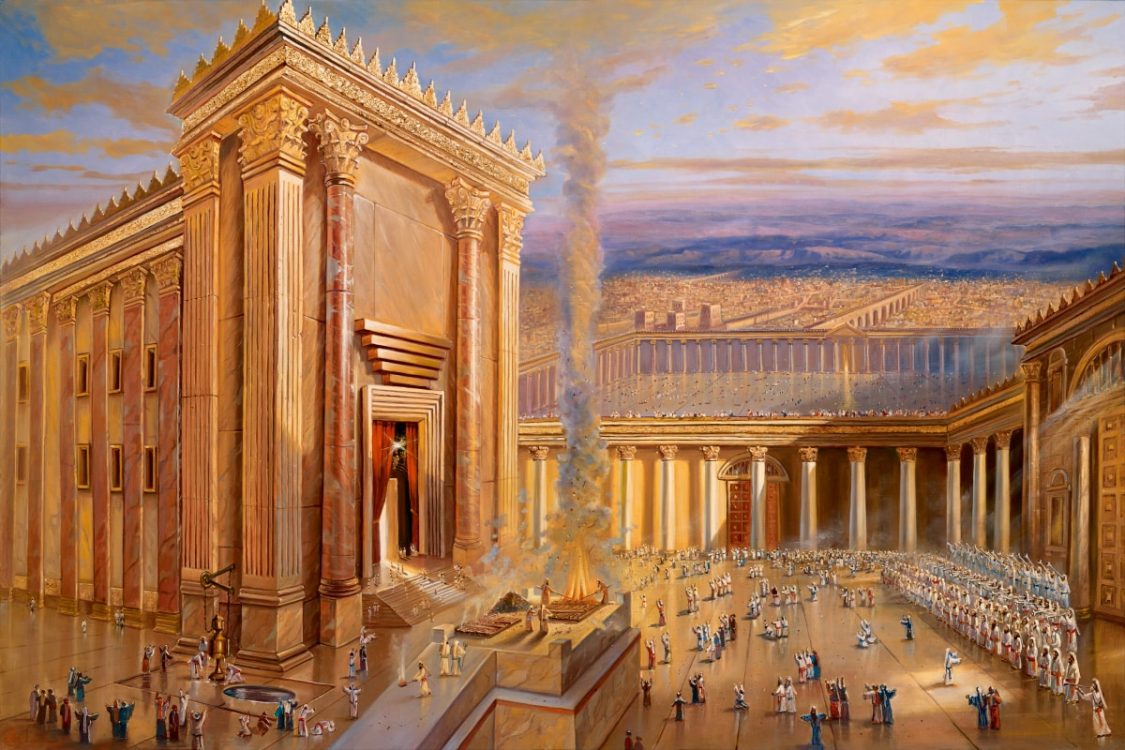
The world of Second Temple Judaism is a tapestry of vibrant traditions, dynamic cultural exchanges, and profound religious transformations that continue to intrigue scholars and enthusiasts alike. Encompassing the period from the construction of the Second Temple in 516 BCE to its destruction in 70 CE, this era marks a significant chapter in Jewish history, brimming with lively festivals, evolving theological concepts, and a rich array of cultural interactions. As we revisit this fascinating epoch, we embark on a journey that unravels the colorful customs and enduring legacies of a civilization that has shaped religious and cultural landscapes for millennia.
Journey Back to the Second Temple’s Lively Days
The era of Second Temple Judaism was a time of remarkable change and flourishing life, nestled between the return from Babylonian exile and the burgeoning influence of Hellenistic culture. This period witnessed the reconstruction of the Temple in Jerusalem, which became not only a religious epicenter but also a symbol of national identity and resilience. The city’s streets bustled with pilgrims and traders from across the Mediterranean and Near Eastern worlds, reflecting a mosaic of cultural influences that enriched Jewish society. Amidst the clamor of markets and the echo of prayer, Jerusalem stood as a beacon of spiritual life, radiating the energy of a community devoted to its faith and traditions.
The political landscape during the Second Temple period was equally dynamic, marked by the rise and fall of kingdoms and empires that left indelible impressions on Jewish life. From the Persian rulers who initially authorized the rebuilding of the Temple to the later arrival of Alexander the Great and the subsequent Hellenistic influence, each epoch brought challenges and opportunities for cultural synthesis. Jewish society adeptly navigated these external pressures, drawing from a wide array of traditions while maintaining a distinct religious identity. This adaptability became a hallmark of Jewish resilience, fostering a rich cultural and religious tapestry that would endure through the ages.
The vitality of this era is perhaps best captured in the vibrant social and religious life of the Jewish people. Synagogues became centers for communal gathering and worship, fostering a sense of unity and purpose. The production and study of sacred texts flourished, with scribes and scholars engaged in the meticulous copying and interpretation of the Torah and other scriptural writings. These activities not only preserved religious knowledge but also facilitated a deeper engagement with faith and spirituality, laying the groundwork for future Jewish thought and practice. The Second Temple period, in all its complexity, remained a lively testament to the ingenuity and devotion of the Jewish people.
Unveiling Joyful Traditions of Ancient Judaism
The Second Temple period was a time of joyous celebration, with festivals that brought communities together in spirited unity. One of the most significant festivals was Passover, a time of remembrance and gratitude for the Exodus from Egypt. Families and communities gathered to partake in the Passover meal, recounting stories of liberation while sharing in the consumption of unleavened bread and bitter herbs. This annual tradition not only reinforced communal bonds but also served as a living narrative of faith and freedom that resonated deeply within Jewish life.
Another vibrant tradition that flourished during this time was the festival of Sukkot, a week-long celebration that marked the end of the harvest season. Known as the Feast of Tabernacles, Sukkot invited families to build temporary shelters, or sukkahs, where they would eat, pray, and rejoice in the abundance of the earth. The streets and rooftops of Jerusalem and other towns were adorned with these festive structures, creating a lively and colorful atmosphere. The culmination of Sukkot in the water-drawing ceremony at the Temple underscored the joy and gratitude that permeated this festival, as pilgrims gathered to celebrate with music, dance, and communal prayers.
The joyful traditions of the Second Temple period were not limited to festivals alone. Daily life was steeped in cultural expressions that celebrated the richness of Jewish heritage. Music and dance were integral to religious and social occasions, with psalms and hymns echoing through the Temple and synagogues. The sound of the shofar, a ram’s horn, heralded moments of reflection and renewal, stirring the hearts of those who listened. These cultural expressions, infused with a sense of joy and reverence, captured the essence of a community that reveled in its traditions while looking forward with hope and resilience.
Revisiting the vibrant world of Second Temple Judaism offers a window into a past that continues to inspire and illuminate contemporary Jewish life. The lively days of the Second Temple era, with their dynamic cultural exchanges and rich traditions, serve as reminders of the enduring spirit and adaptability of the Jewish people. Through their festivals, rituals, and daily practices, the communities of this era wove a tapestry of faith and jubilation that has left an indelible mark on history. As we journey back to this remarkable time, we celebrate the enduring legacies and joyous traditions that continue to shape the spiritual and cultural landscape of Judaism today.


